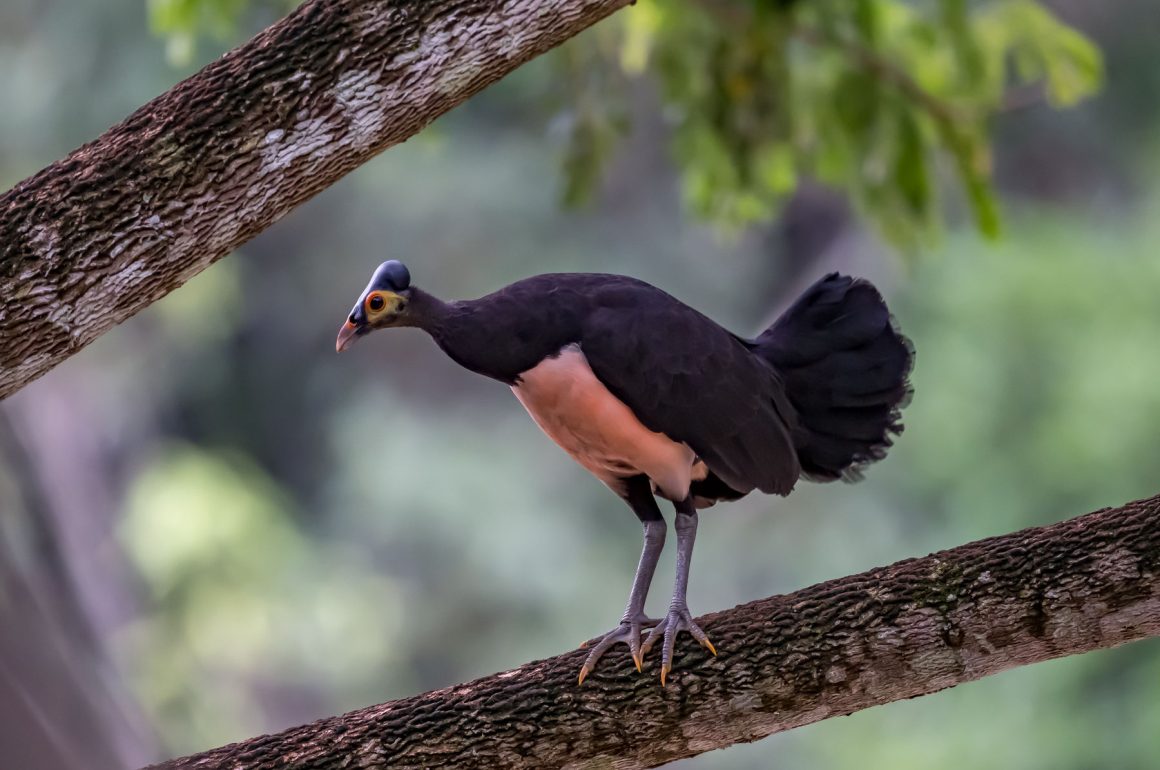
This is not a post about The Machine Learning and Optimisation (MALEO) group, led by Prof. Dr. Heike Trautmann, so if you want to read about machine learning, you need to look somewhere else …
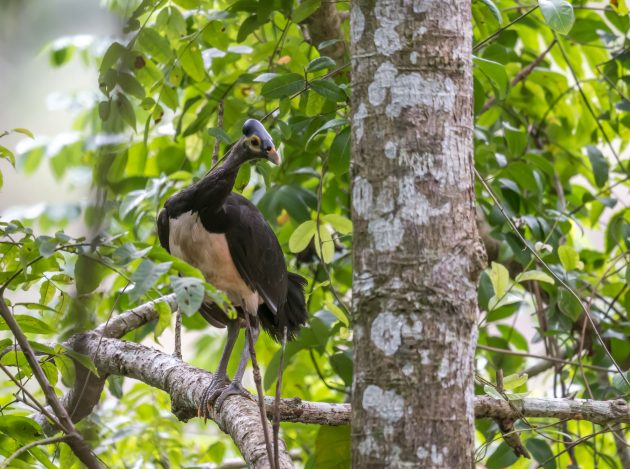
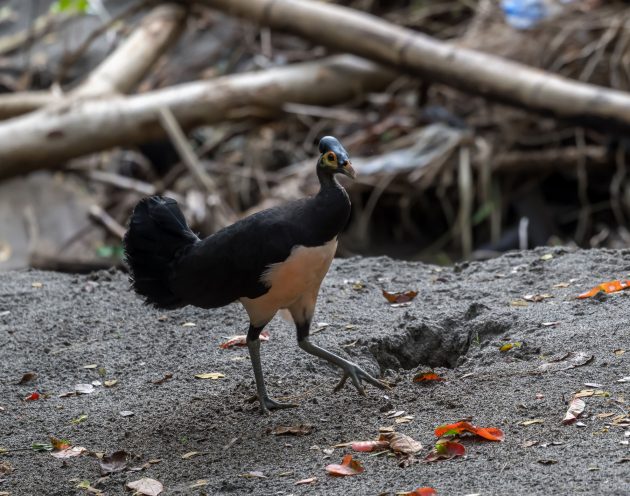
Unlike machine learning, the Maleo is critically endangered.
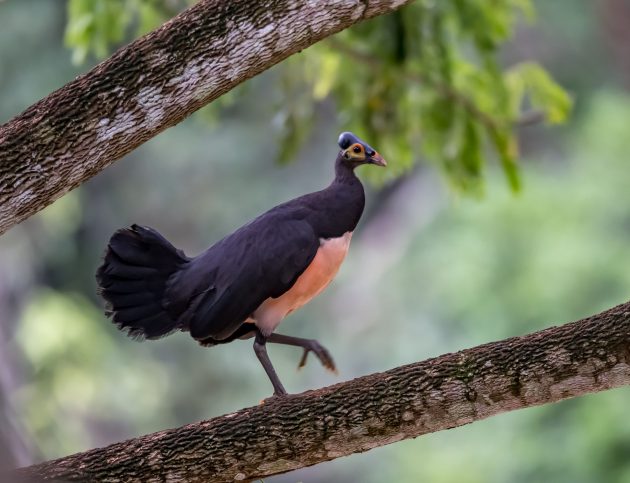
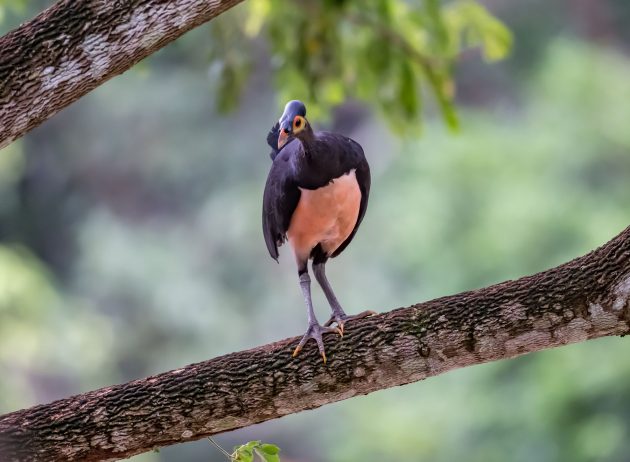
The females lay their eggs in burrows, and no further parental care is invested in the offspring; eggs are incubated by solar radiation at coastal nesting grounds or by volcanic heat at inland nesting grounds.
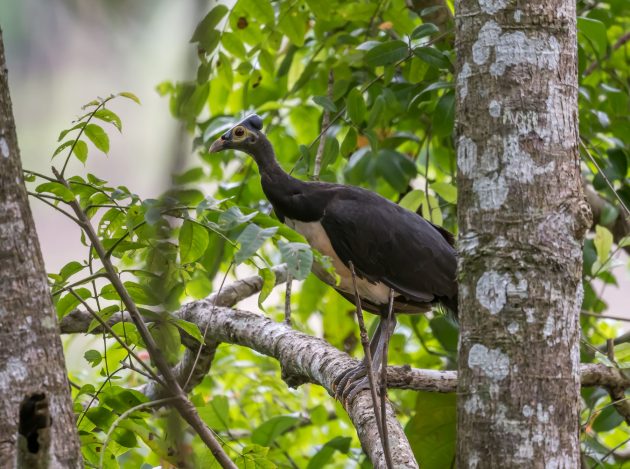
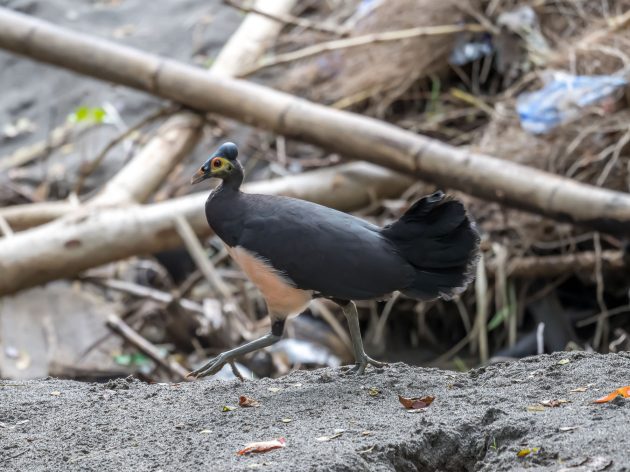
Maleo chicks enter the forest soon after hatching (source) – unless evil mammals (homo sapiens) dig the eggs out and eat them: “Egg-taking by humans is the single biggest driver of maleo decline” (source). What once may have worked when the ratio of humans to Maleos was low simply does not work any longer.
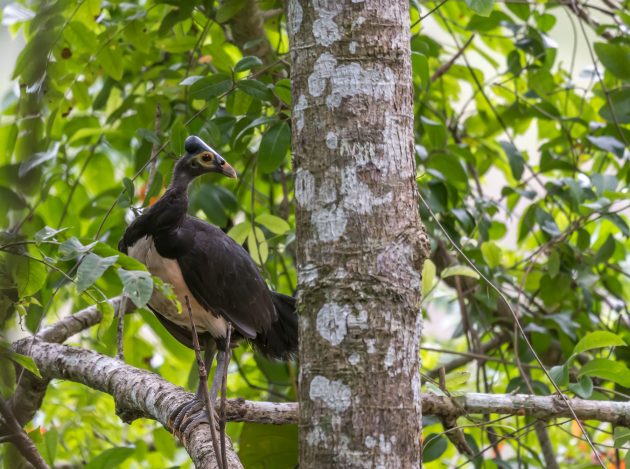
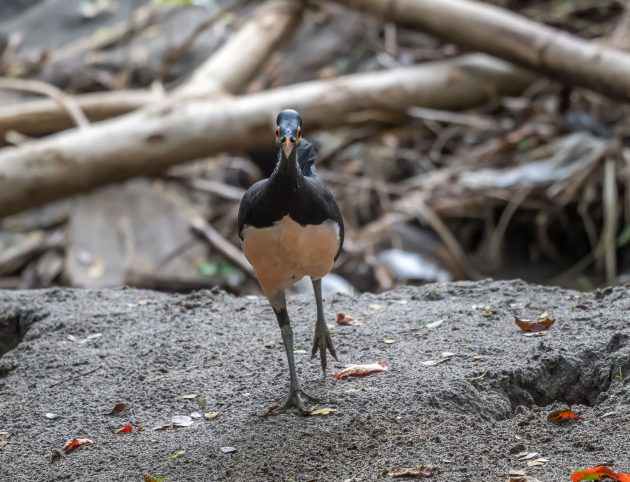
In fact, at some sites the freshly-layed eggs are now dug out by caring humans (they exist, I am told) and put in an incubator. Subsequently, the chicks are fed with some high-protein food – however, only 40% of the hatched chicks survive their first month (source).
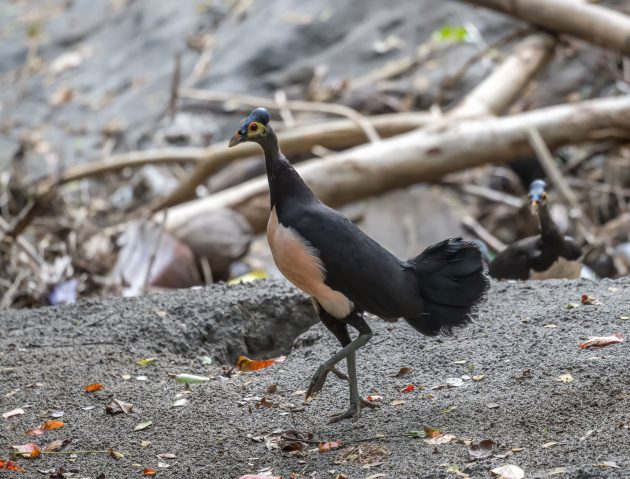
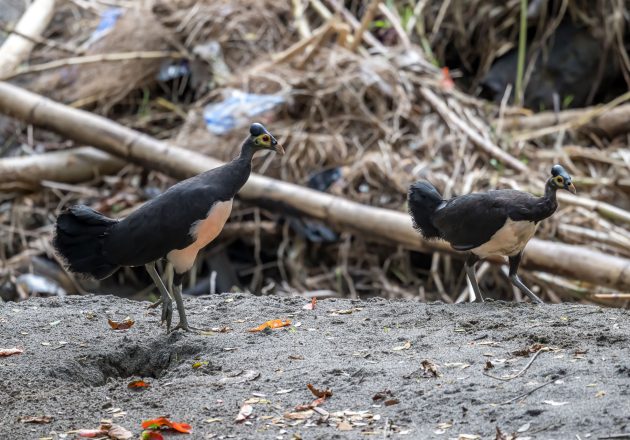
Protecting eggs in situ turns out to be better than protecting eggs through hatchery methods – and local conservation efforts protect nesting grounds 2-3 times better than federal protection (source), a finding that will presumably delight fans of subsidiarity.
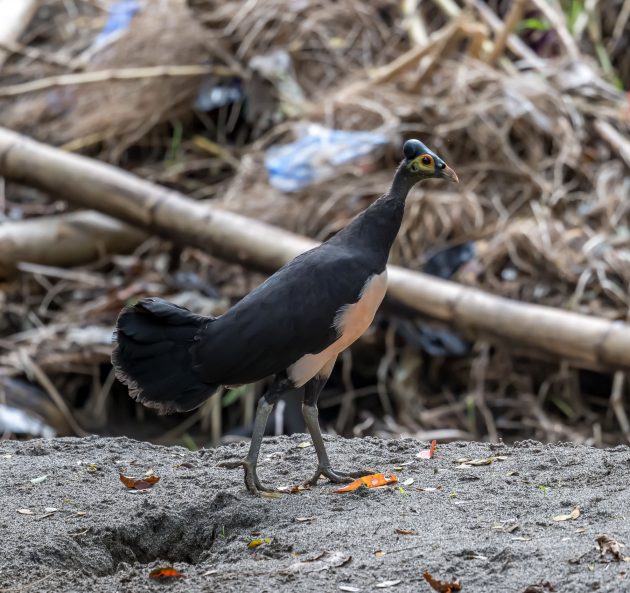
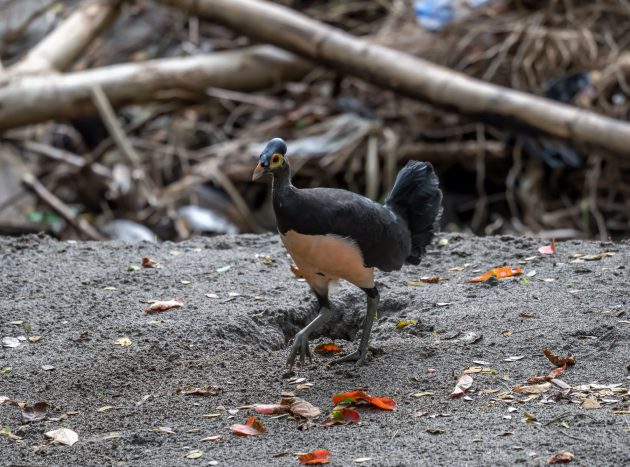
A paper specifically describes two successful two community-based conservation programs for the Maleo, which resulted in maleo numbers increasing four-fold after 14 years and three-fold after 5 years at two different locations.
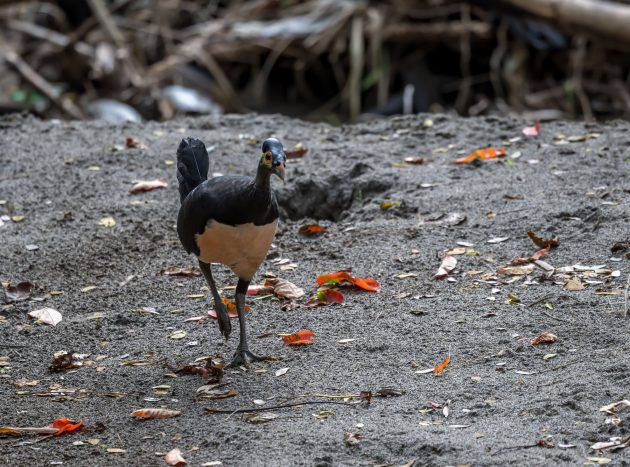
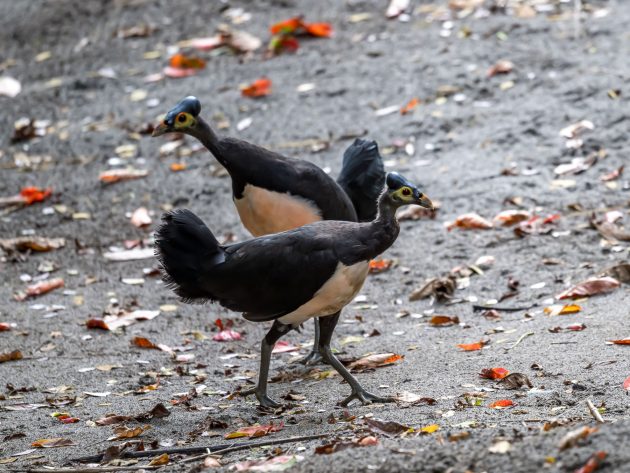
The threat to the bird has been known for a while and led to some conservation efforts – a paper from 1990 already warns “Twenty-one sites are (severely) threatened. The status of 15 sites is uncertain due to lack of recent information. Only four nesting grounds are considered safe for the time being. Without immediate action, all coastal nesting grounds are expected to be abandoned by the turn of the century and the maleo will have become extremely rare.”
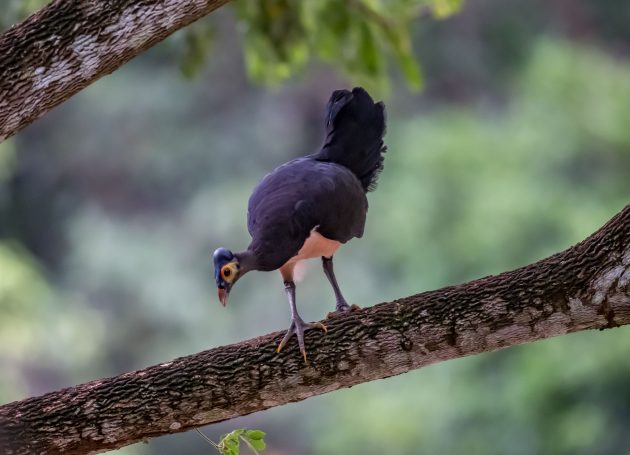
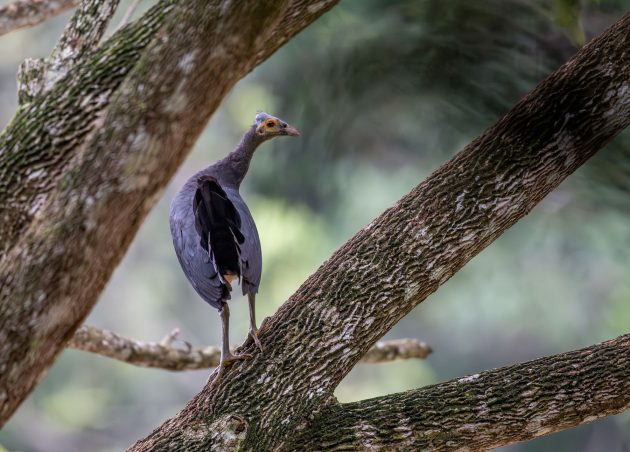
So, presumably, the situation is a bit better than forecast in that paper (partly due to conservation efforts such as this one), though not by that much …
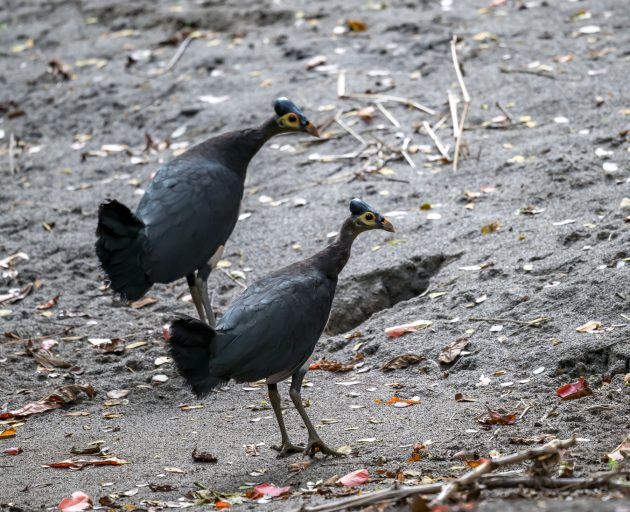
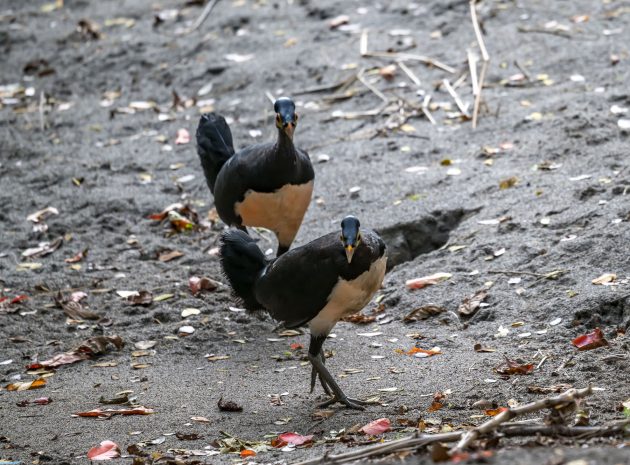
On the other hand, there are indicators that the situation gets worse. A 2019 paper indicated an increase in illegal logging around nesting grounds over the previous decade (source) – a problem given that Maleo chicks quickly move into the forest after hatching.
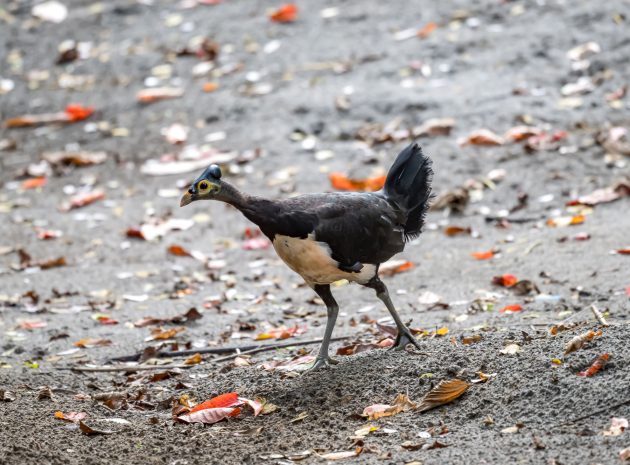
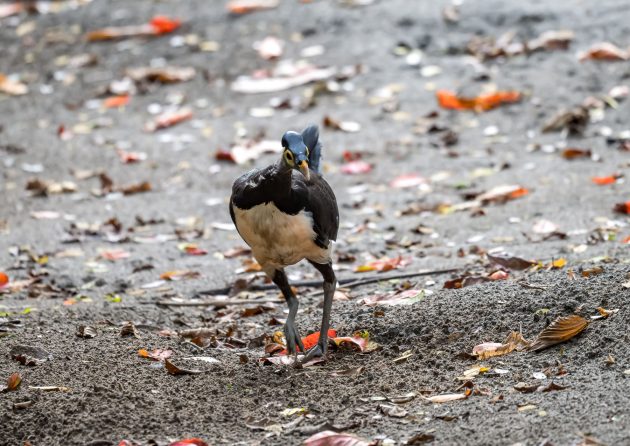
According to the same paper, eggs are collected both for the wildlife trade (intensively harvested and sold as luxury items) and for local use (eaten and sold locally).
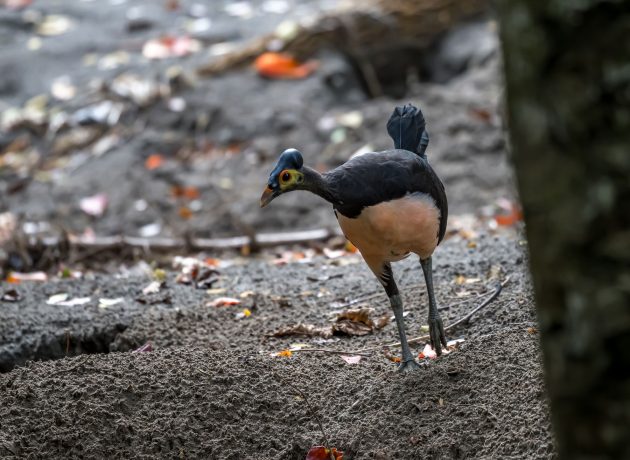
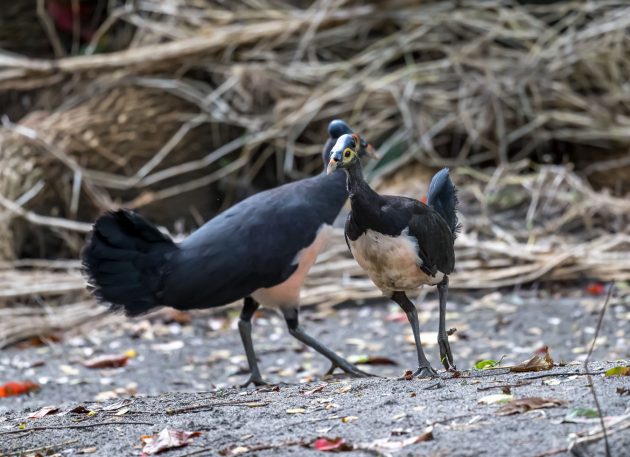
And a very recent (June 2024) paper does not sound very optimistic either: “This species requires an ideal climatic environment to support its reproduction in nature. In the future, Lambusango Wildlife Sanctuary will become more vulnerable to climate change.”
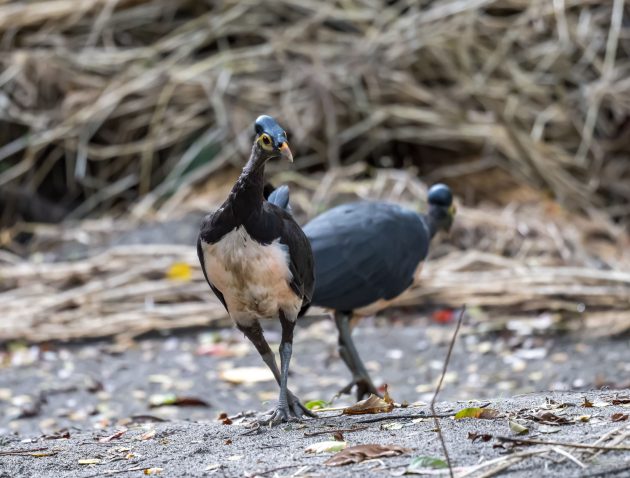
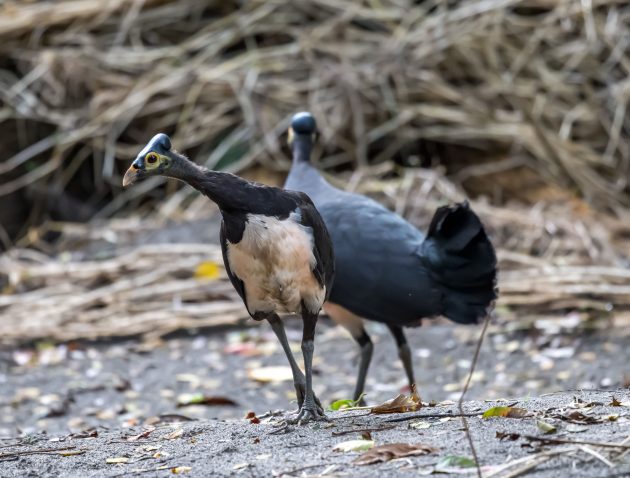
In addition to humans, Maleos also have to cope with some natural predators. At one site, four such predators were found: Varanus salvator (Asian Water Monitor, a reptile), Spilornis rufipectus (Sulawesi Serpent Eagle), Ictinaetus malayensis (Black Eagle) and Falco sp. (Falcon species).
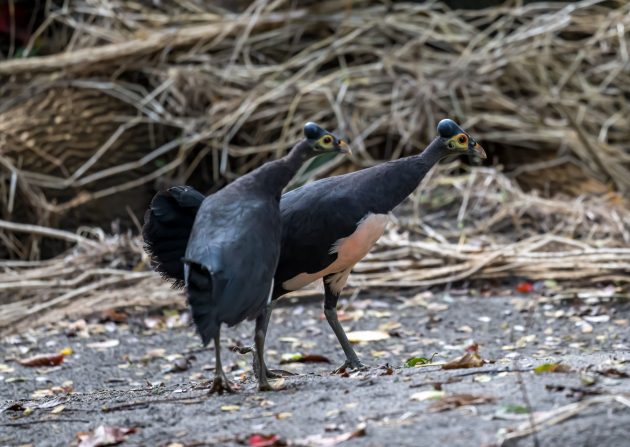
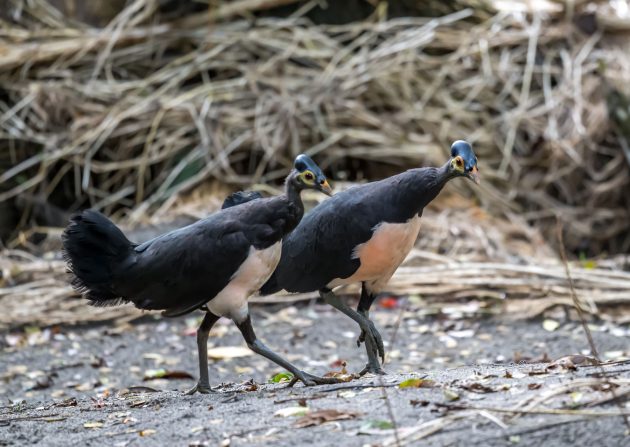
Apparently, there are at least three different ways to tell the sex of a Maleo – some sounding a bit less icky than others:
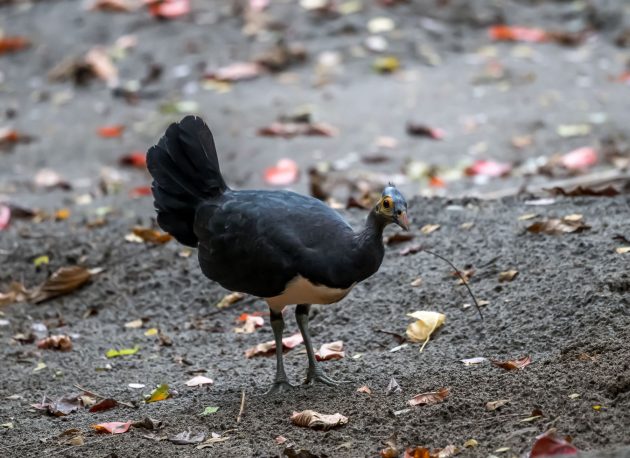
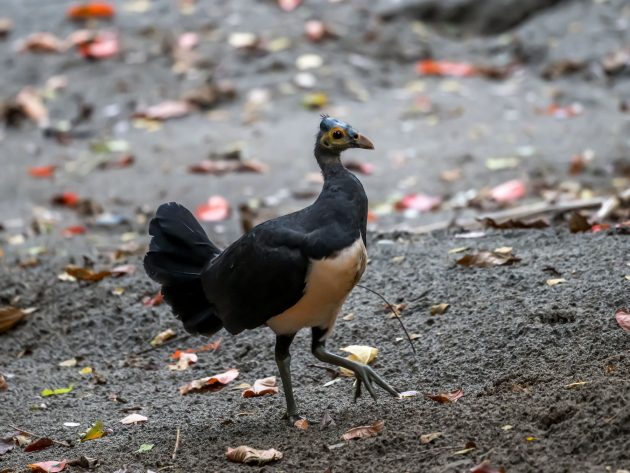
You can look at the cloaca of the birds. Male Maleo birds have a protrusion in the cloaca while the females do not have it (source).
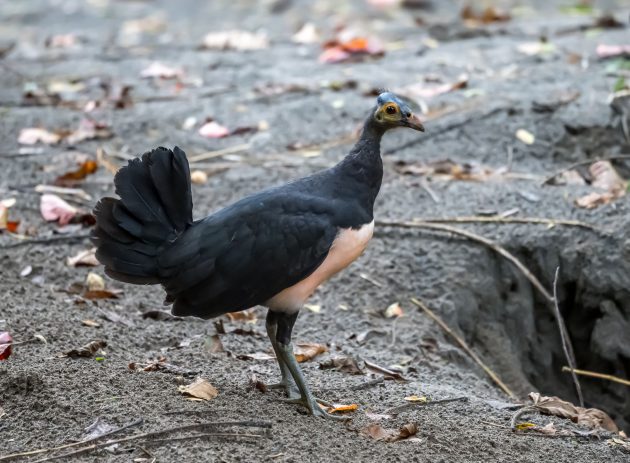
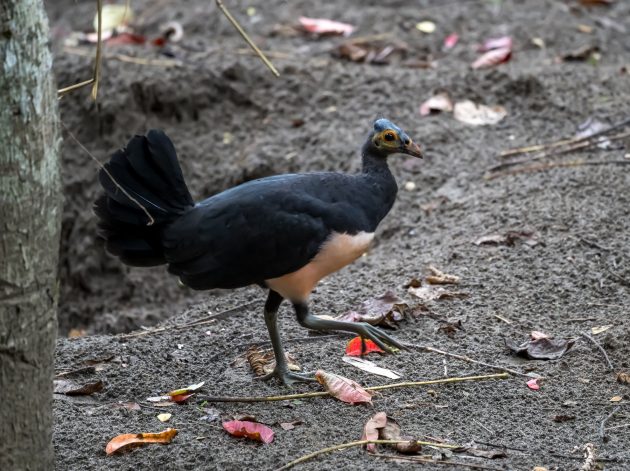
Or you can examine the eggshell membrane for DNA sexing – presumably, this works only for chicks (source).
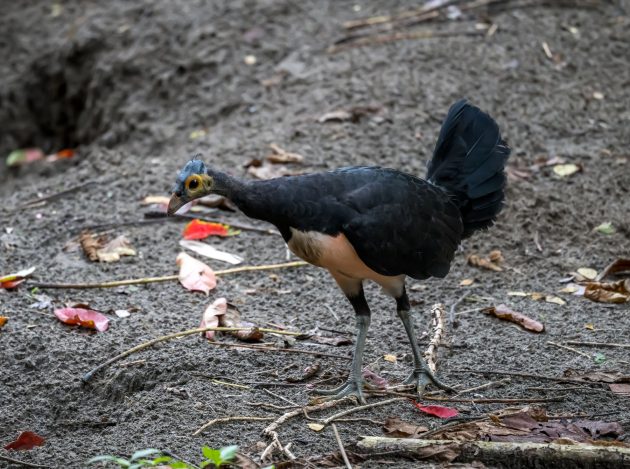
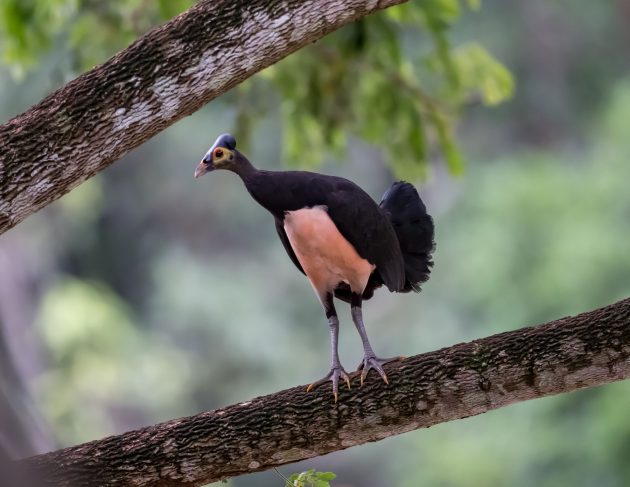
Finally, the most realistic option for birders is to just look at the birds – the female bird is slightly smaller and has paler underparts (source: HBW). I am not sure if that works well unless you see a pair though.
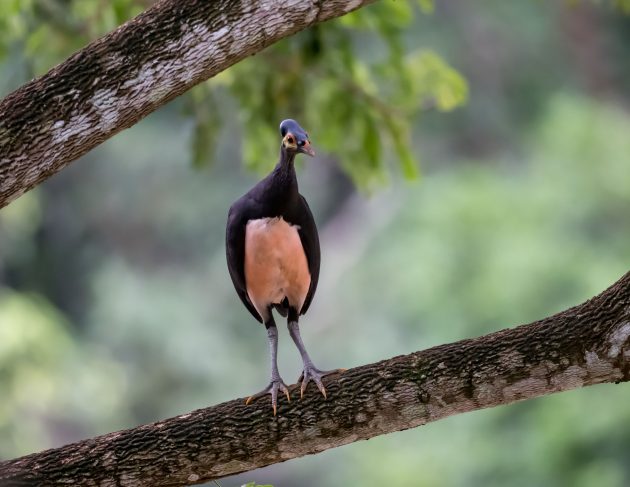
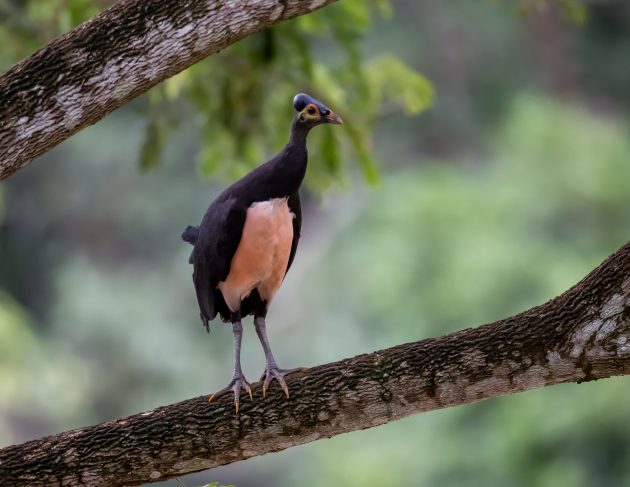
Unsurprisingly, the genetic diversity of the Maleo is low (source) – not great for conserving the species (and for humans, a reminder to preferably not have sex with your sister).
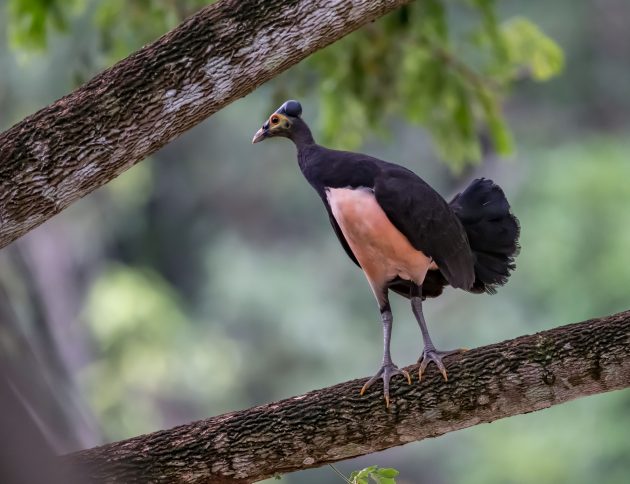
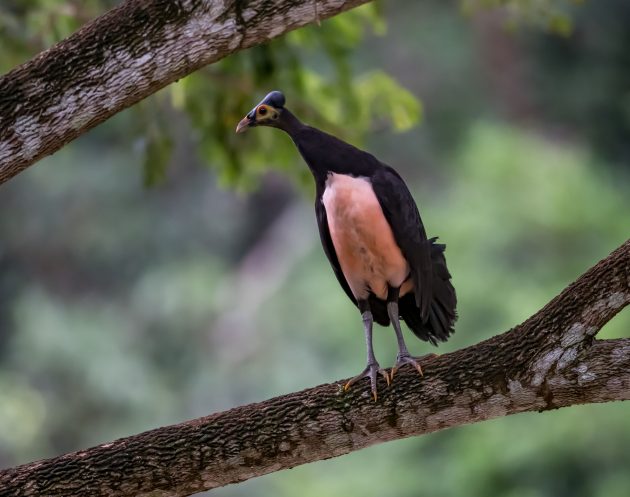
Which is a great way to remind readers of a great song by the UK band Pulp – “Razzmatazz”. With the immortal starting lines “The trouble with your brother / He’s always sleeping with your mother”. Which in terms of genetic diversity is probably pretty much on the same level as sleeping with your sister.
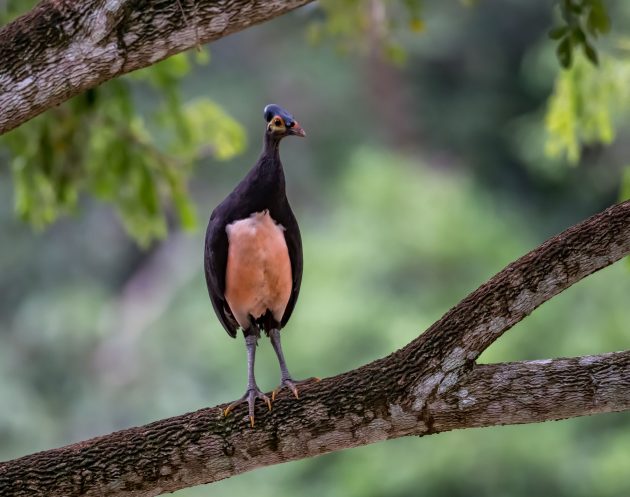
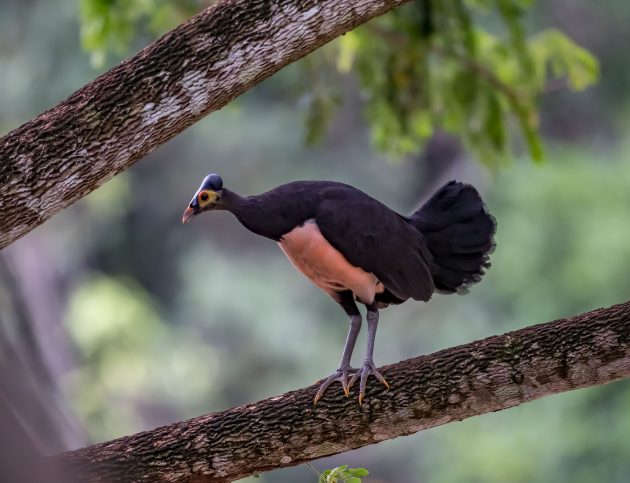
If the Maleo goes extinct, we will at least still have these stone replicas – and Pulp songs to listen to.
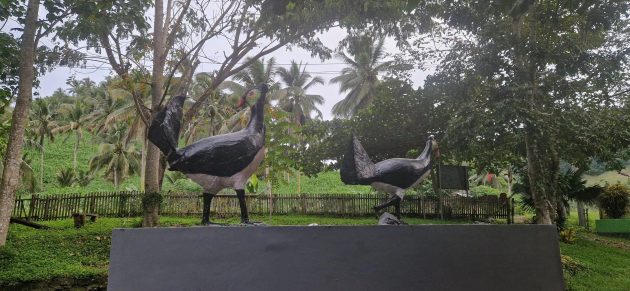













What a bird! My appetite for Sulawesi has grown…
I never realized that a prerequisite for an item to be considered one of luxury is its ability to break if dropped. Incredible bird, evil humans.